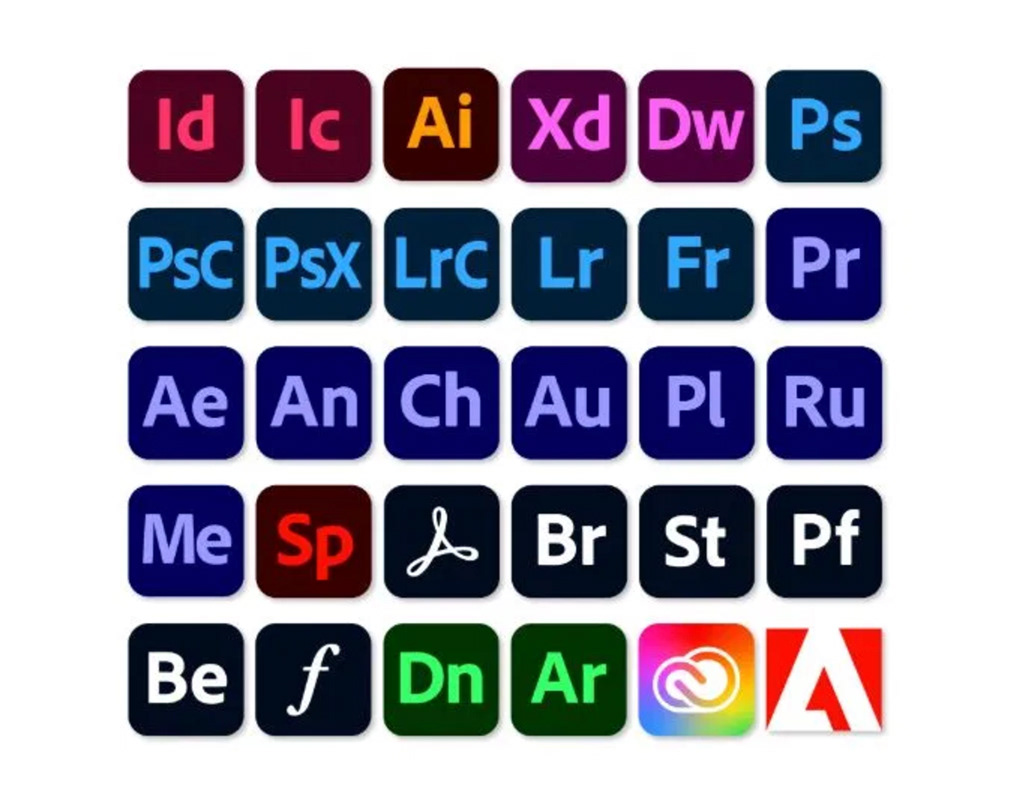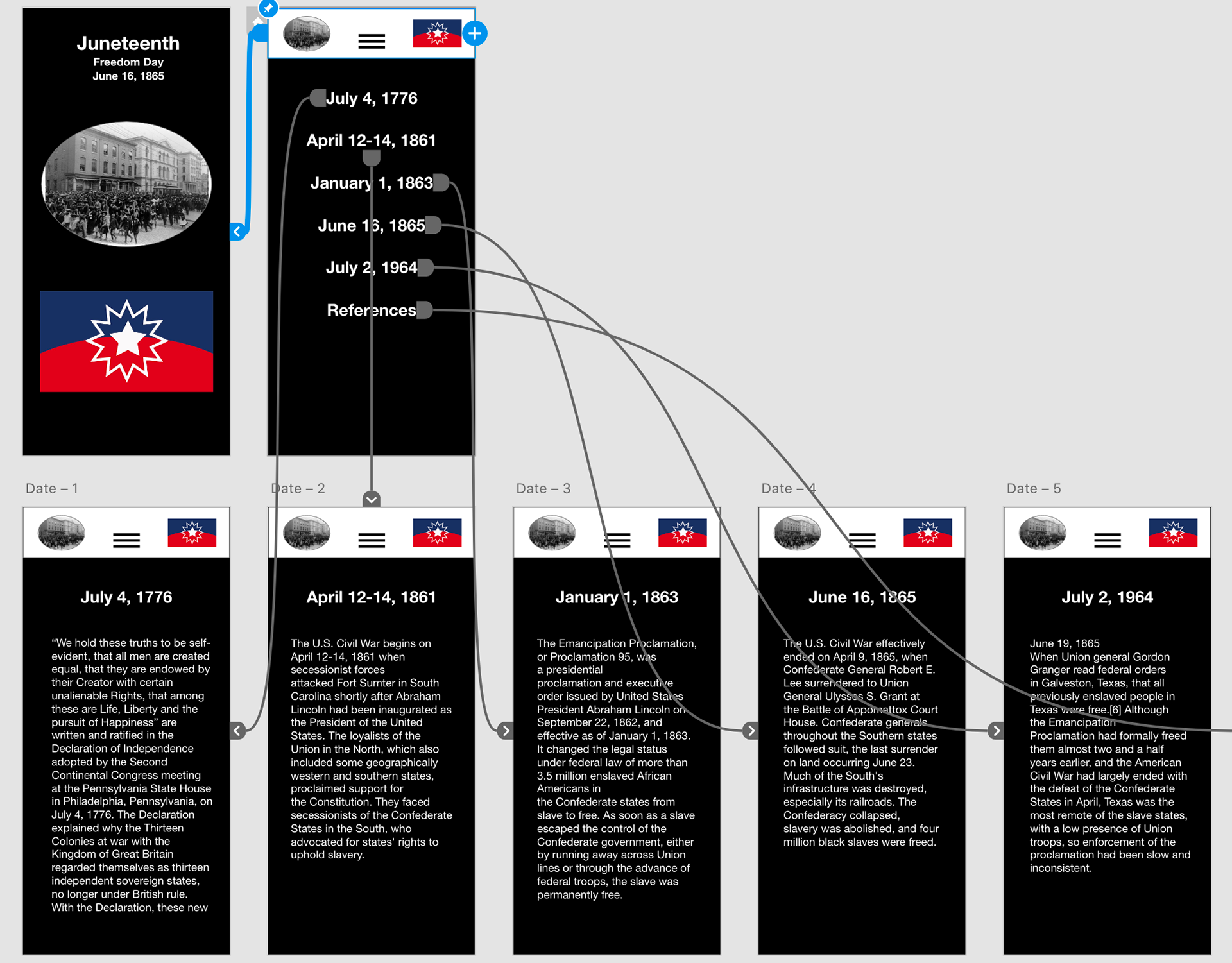Nope, this chapter doesn’t teach you how to be Spiderman. It’s about creating and sharing a “collection of things” in an organized way, as an “information system,” which we might as well call a “web” because you know about the Internet and its original “World Wide Web” metaphor. So, a “web” for our purposes is defined as a collection of “nodes” and “links” — nodes are connected together through links. A “node” is most typically a Web page, and a link is most typically a hyperlink that you click on to open up a different Web page.
If the terms “node” and “link” are confusing to you, imagine a spider web with its strands and intersections. Think of each intersection as a node or a Web page and each strand as a link or hyperlink. A web, in this definition, is thus not so much an individual Web page as much as it is a collection of Web pages, which, together, form a Website. In other words, if you zoom out and look at an entire collection of nodes and links, you can see how the collection has structure and relationships, which make the collection easier to access and navigate.
Collections of things and information systems
Humans are often messy. When we collect things, we often do so in haphazard and disorganized ways. My refrigerator has some designated places for drinks and vegetables that I use consistently, but after that, I never know where to look for things. There’s no telling where my socks are likely to be found on any given day. Thus, a web, as we are defining it here, is a deliberately structured collection of things. Webs have order. They’re arranged in clear patterns, although those patterns can be arranged in a variety of shapes and logics.
For centuries, books were by far the most dominant and widespread “information system.” The logic or structure of a book is sometimes called a “codex,” which was organized with one page after another, with the bottom of one page “linking” to the top of the next, and with apparatus such as tables of contents and indexes to navigate the entire collection of pages in the codex. You could argue that this text is a digital codex, with the bottom of each page hyperlinked to a subsequent page and with the table of contents menu connecting all of the chapters and pieces together. On the other hand, unlike a paper codex, a reader could leap across the pages, chapters, and media (the “nodes”) in this textbook in a variety of ways, rather than simply going from the first node to the following one. In other words, this textbook itself isn’t so much a book as it is a web, and both books and webs are information systems, rather than just random "collections of things.”
The principles of “information systems” and “collections of things” are similar to what they have always been, it’s just that, in the digital age, so many of us can now easily produce and share webs. So, what is the DNA of a digital web? What is its fundamental nature? When and why should you choose to create and share something hypertextually? And, thus, how should you go about planning, making, editing, organizing, designing, and sharing webs using Creative Cloud?
On the one hand, information collections been used across history for so many different purposes, by so many different people, and in so many different contexts that it’s impossible to say what they really are and how they really work, once and for all. On the other hand, digital webs — made up of text, sound, images, data, or video — do some specific things that paper-based systems such as books (codexes) can’t do.
On the one hand, information collections been used across history for so many different purposes, by so many different people, and in so many different contexts that it’s impossible to say what they really are and how they really work, once and for all. On the other hand, digital webs — made up of text, sound, images, data, or video — do some specific things that paper-based systems such as books (codexes) can’t do.
Weaving Webs
This chapter describes how to use the Creative Cloud applications Adobe Muse CC, Dreamweaver CC, Spark Page, and XD CC to weave digital webs. If making Websites is new to you, you’re likely to focus first on creating individual Web pages, which are easily done in a variety of Creative Cloud applications, even Photoshop! But you need to be acutely aware, from the very beginning, that a Web page is never intended to stand alone — it’s meant to be linked, “webbed,” and woven in connection with other Web pages. This means that you need to think about the bigger picture — about a web of things (or pages) in structured relationships with each other. Think about a spider: When has the spider actually made a web? After setting the first strand? No, as soon as the spider connects one strand to another, then the web has truly begun.
Books were for centuries the dominant information system, because they worked so well. They were efficient containers for detailed information, and they were pretty good permanent records of information, especially once they were easy to duplicate and distribute. In fact, it was the combination of books as a technology with the printing press, as a related technology, that advanced civilization since the middle ages, because this was a good system not only for storing and preserving knowledge but also for circulating, distributing, and sharing that knowledge.
You can see where this is leading: The advent of the Internet accelerated the data storage and circulating powers of print technologies exponentially. Digital technologies enable new and more powerful ways for us to access, locate, navigate, and share ideas and knowledge. School libraries used to have paper card catalogs that were essential for navigating the books in their collections. Now, we can search all kinds of databases and catalogues of information through the Internet. A big part of what has enabled the digital information revolution is the web-based “information architecture” of these systems. In other words, a massive advantage of a digital web is that it makes it so easy to link information together in a wide variety of structures and logics. They say that spider webs are proportionally stronger than steel cables. Digital webs are exponentially more capable than their paper predecessors.
As a college student, and eventually a professional, you should participate in the production and circulation of ideas and knowledge. This means that you want weave digital webs, build Web pages, and organize online Web sites. Creative Cloud has an array of web-weaving tools that can help everyone, from novice to expert, participate in these powerful networks of knowledge — in fact, isn’t that what college is all about?



